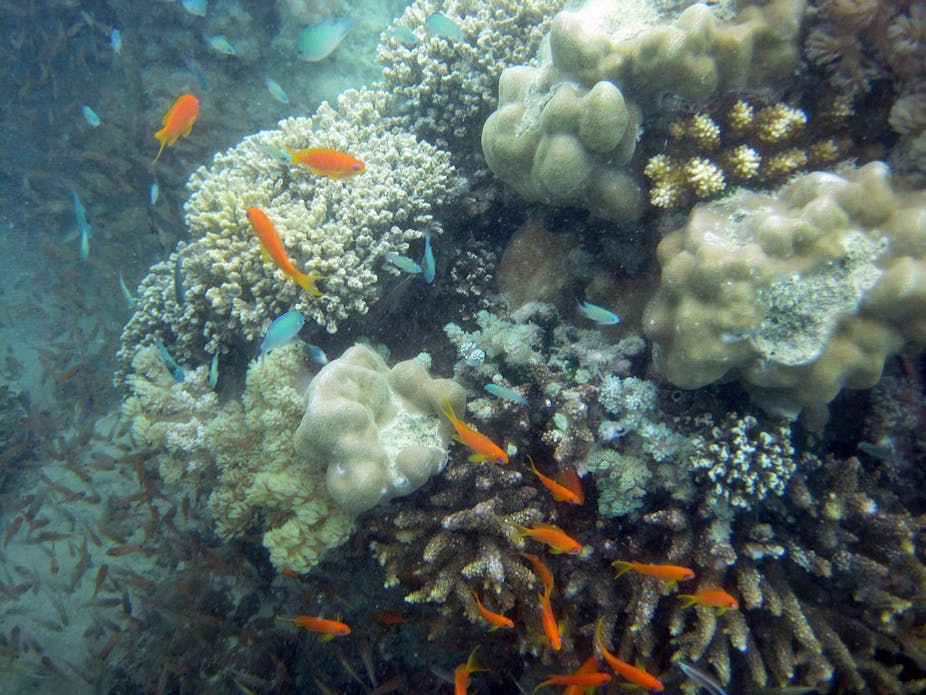Coral reefs off part of Western Australia’s coastline have flourished over the past 110 years, despite the rise of carbon dioxide levels in the world’s oceans, new research has found.
But the growth has largely taken place in the coolest, most southerly waters, where global warming has made the ocean more habitable for the tiny marine animals. The finding suggests that rising water temperatures aid growth in the underwater colonies initially - before other factors, such as acidification and coral bleaching, take effect.
Samples taken from long-lived corals in reefs at six points across a 1000km stretch of the Indian Ocean show that in some cases calcification (or growth) has increased substantially, a team from the Australian Institute of Marine Sciences found.
At the most southerly collection point, off the Houtman Abrolhos Islands, calcification rates increased by 23.7% between 1900 and 2010.
The research is published in the journal Science today.
It comes amid efforts to stem the ongoing decline of the Great Barrier Reef, off the country’s north-east coast, and despite predictions by some that rising carbon dioxide levels in the oceans would cripple the marine colonies worldwide.
The research team, lead by Dr Tim Cooper, found that calcification rates in the Indian Ocean were greatest across reefs furthest from the equator, where the water was originally cooler and warming had been greater.
“In the southeast Indian Ocean, marginal reefs have taken advantage of warmer conditions,” the team writes.
Dr Cooper said that rising sea surface temperatures appeared to increase calcification rates up to a point. But beyond that point, bleaching and acidification - caused by increased carbon dioxide levels - slow their growth rates.
In coral in the most northerly sites, where sea temperatures had been higher and warming less marked, there had been no change in calcification.
Professor Maria Byrne, the director of One Tree Island Research Station, the University of Sydney’s research station on the Great Barrier Reef, said the findings made it clear that global warming was “definitely happening - particularly at higher latitudes. And it’s having an obvious effect on the physiological processes of these animals.
"Corals can’t cope with cold waters. They never could. But now you’re getting those tropical waters moving south, making it easier for corals to spread at higher latitudes. The water is up to 19C in winter at those latitudes now - anything below that corals don’t like.”
The elevated temperatures would be good for corals in those areas up to a certain level. “But then all of a sudden it hits the wall and becomes too hot,” she said.
Increased ocean temperatures caused mass coral bleaching across the Great Barrier Reef in the summers of 1998, 2002 and 2006, the Great Barrier Reef Marine Park Authority said.


